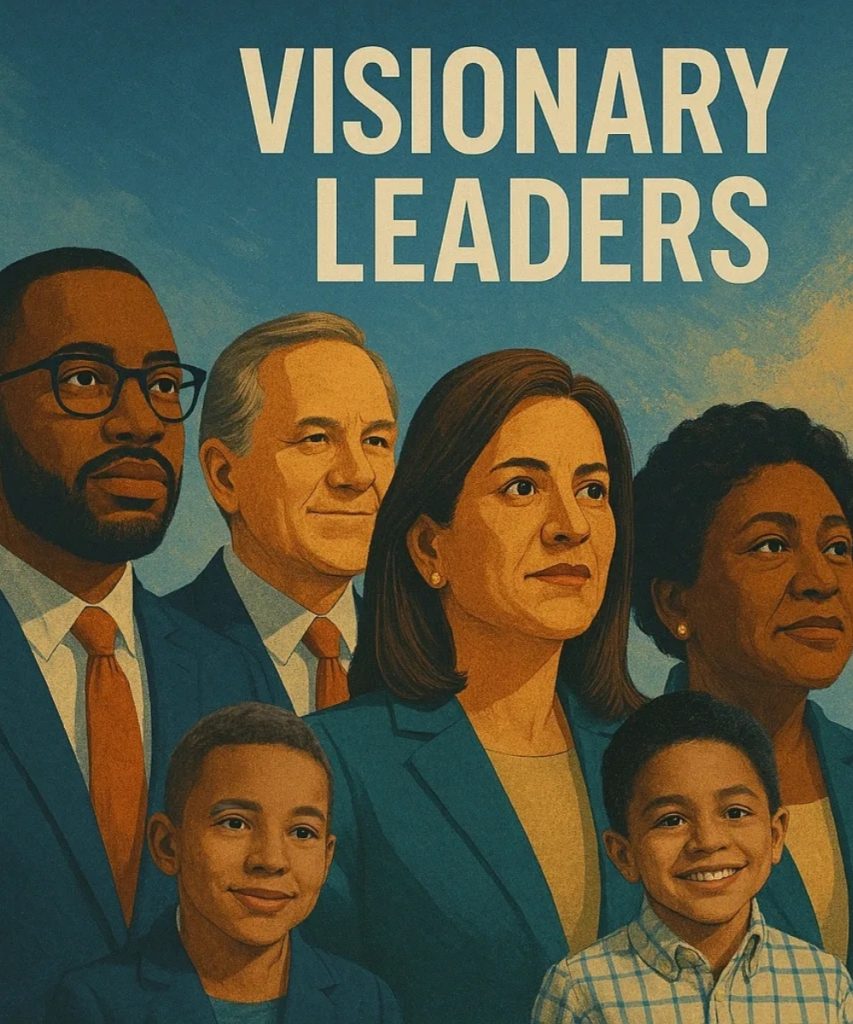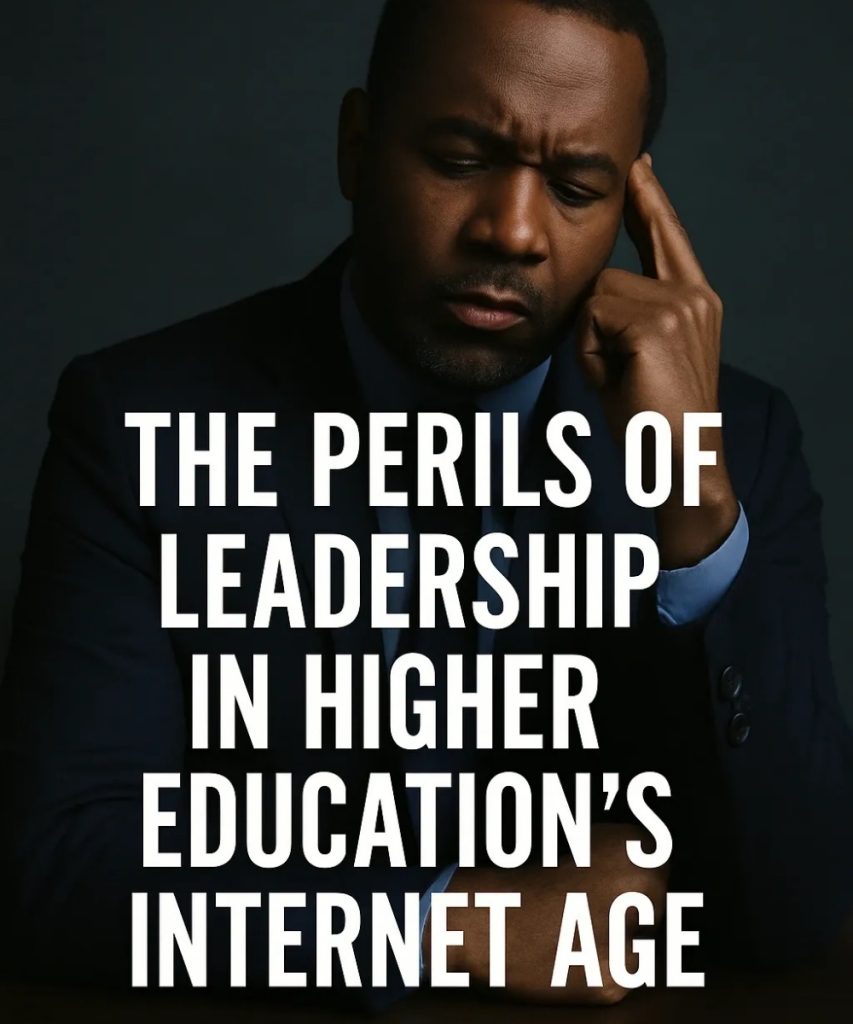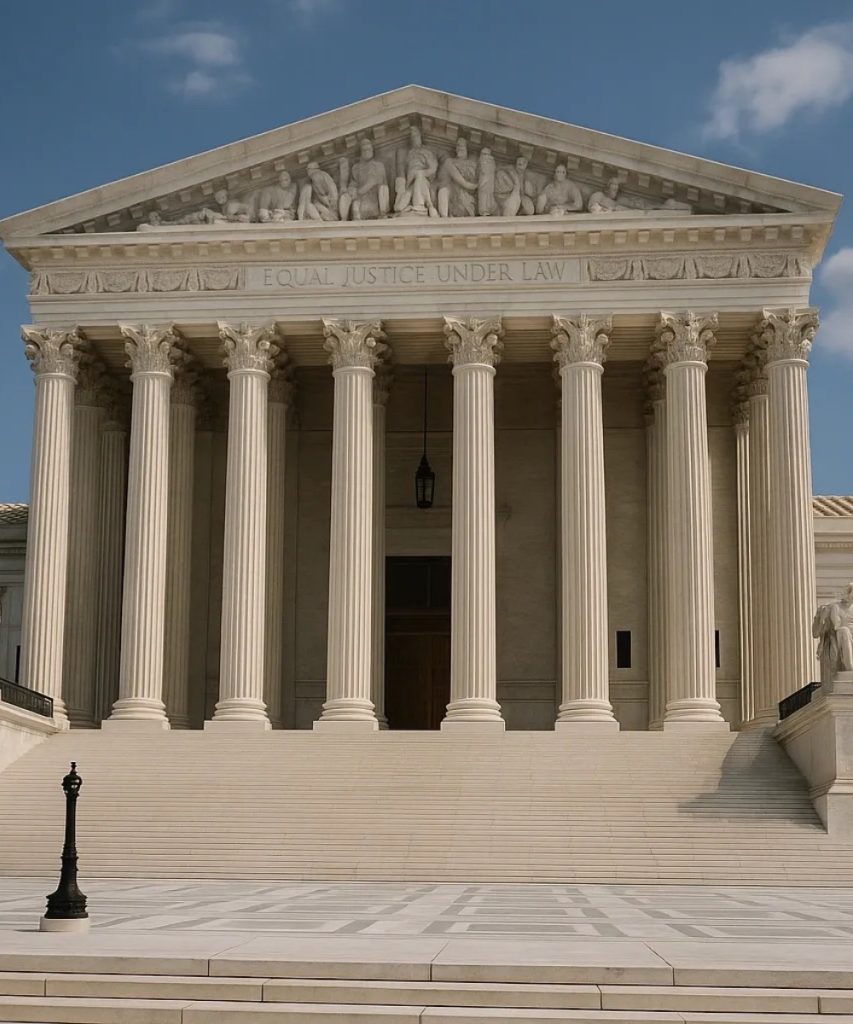In today’s fast-paced and constantly shifting world, the organizations that thrive are not necessarily the ones with the biggest budgets, the longest histories, or the most talent-packed teams. They are the ones with visionary leadership. Strategic vision is not a luxury. It is a necessity. Yet too often, individuals rise into positions of leadership without ever cultivating this critical trait. They are promoted due to circumstance or because of years of hard work and dedication. While these pathways are legitimate, what separates a competent leader from a transformative one is vision. Bold, uncomfortable, future-focused vision.
Vision Is Not a Concept. It Is a Compass.
At its core, visionary leadership is about foresight. It is the ability to see beyond the present, to imagine a better future, and to articulate a compelling direction that can inspire and mobilize others. It is not about making incremental tweaks to maintain the status quo. Visionary leaders are architects of change. They possess the courage to disrupt stagnant systems, to challenge long-held assumptions, and to steer organizations away from decline and toward possibility.
Dr. JoAnne Myers of Marist University recently reminded me that this is an important element we do not discuss enough. Leadership is not just about reacting to what is in front of us. It is about preparing for what is on the horizon. Leaders must become futurists, not just managers. They must be able to think beyond the next board meeting or budget cycle and imagine a future that others cannot yet see.
According to Indeed’s guide on the traits of visionary leadership, visionary leaders exhibit qualities such as innovation, emotional intelligence, strong communication, and decisiveness. But perhaps most critically, they foster change even when it is uncomfortable.
The Discomfort of Vision
Real change does not happen in comfort. Visionary leadership shakes things up. It often makes others uneasy. Staff may push back. Board members may grumble. Colleagues may question the disruption. But discomfort is not a sign of failure. It is a signal that transformation is happening.
Organizations frequently fail to realize they are heading toward a cliff. The staff is too close to the ground. The board is locked in nostalgia. They are unaware of their inertia. A visionary leader arrives, diagnoses the dysfunction, and redraws the map. It is not an easy process. It takes guts, wisdom, and often a willingness to be disliked. But it is essential for long-term survival.
Ronald A. Heifetz, in the book Leading Successful Change: Revised and Updated Edition (University of Pennsylvania Press), notes that successful change is not about charisma or grand plans. It is about strategic interventions. Visionary leaders do not just wave their arms and declare a new future. They take calculated steps, build coalitions, challenge loyalties, and realign organizational values to reflect a new direction.
Examples of Visionary Leadership in Action
Apple under Steve Jobs
When Jobs returned to Apple in 1997, the company was floundering. He drastically simplified the product line, reinvested in design and user experience, and introduced category-defining products. His vision was not just about technology. It was about reshaping how people interacted with the world.
Howard Schultz at Starbucks
Schultz envisioned Starbucks not just as a coffee company but as a “third place” between home and work. He reimagined the customer experience, expanded internationally, and invested in employee well-being. This was an unusual move in retail at the time.
The Revitalization of the Ford Foundation
Under Darren Walker, the foundation shifted its focus toward systemic inequality. This vision led to funding grassroots organizations, rethinking philanthropy’s power dynamics, and diversifying its leadership. The vision challenged old ways of thinking but ultimately reinvigorated the foundation’s relevance.
These are just a few examples of what happens when leaders dare to think big, act boldly, and accept discomfort as the price of transformation.
Why Organizations Must Wake Up
Organizations today face unprecedented challenges from technological disruption to political instability, climate change, cultural shifts, and economic uncertainty. This is not the time for reactive management or risk-averse leadership. Organizations need people at the helm who can anticipate what is coming, rally others around a shared future, and lead with both heart and steel.
Here is a warning. Without visionary leadership, your organization may not survive. It may coast on past achievements, ignore critical trends, or slowly collapse under the weight of its own inertia. The comfort of familiarity is a trap. Visionary leadership is the ladder out.
Becoming a Visionary Leader
If you are in a leadership position, ask yourself:
- Can I clearly articulate where this organization needs to be in five years?
- Am I willing to challenge deeply entrenched norms and beliefs?
- Do I have the courage to lead through resistance?
- Can I build trust while guiding people through discomfort?
- Am I prepared to act even when consensus is lacking?
Visionary leadership is not reserved for unicorn CEOs or historic figures. It is a skill set and a mindset that can be cultivated with intention, humility, and a commitment to change.
Final Thoughts
Strategic vision is what separates the organizations that adapt and grow from those that fade into irrelevance. Leaders must do more than manage. They must lead. That means taking the long view, embracing discomfort, and galvanizing others to believe in what is possible.
If your organization is stuck, drifting, or just getting by, it is time to ask who is holding the vision. If no one is, the future may already be in peril.




